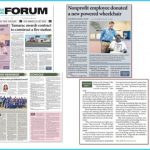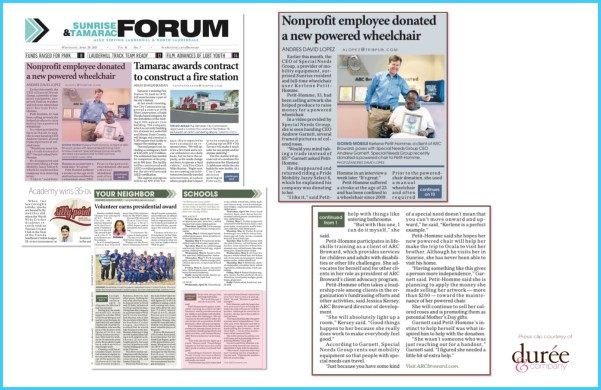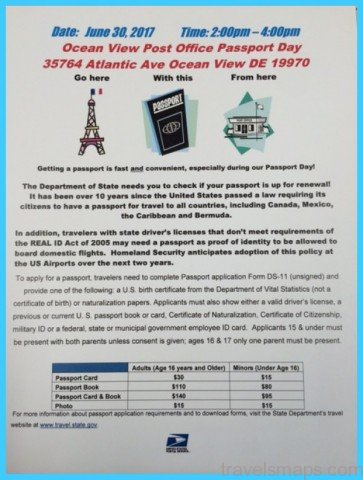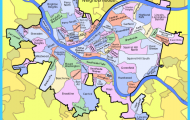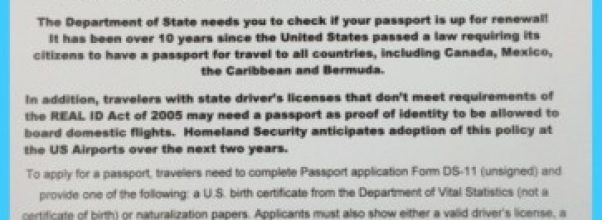
At 20% of the U.S. population, people with disabilities comprise the nation’s largest minority group. According to the latest available Census Bureau (www.census.gov) figures, there are approximately 54 million Americans with disabilities, a figure that does not include friends or relatives who travel or share activities.
Americans with physical disabilities have a combined discretionary income of more than $250 billion annually, and the 20 million families with at least one member with a disability represent an additional annual disposable income of approximately $258 billion, according to W.C. Duke Associates (www.wcduke.com).
A study by Open Doors Organization (www.opendoorsnfp.org), in cooperation with the U.S. Travel Association and the Society for Accessible Travel and Hospitality (www.sath.org), found that travelers with disabilities currently spend $13.6 billion on
31.7 million trips annually. The airline industry saw $3.3 billion in spending by travelers with disabilities, and spending in the lodging sector was $4.2 billion. The study, conducted by Harris Interactive (www.harrisinteractive.com), suggested that people with disabilities could spend at least $27 billion per year if certain needs were met. This includes a meet-and-greet at airports and preferred seating on airlines. Lodging issues include the need for rooms close to amenities and staff members that go out of their way to accommodate guests with disabilities.
US Travelers With Special Needs Photo Gallery
One program developed to accommodate those with special needs is that which was developed by Microtel Inn and Suites. Kits were developed to aid those whose height often restricts their reach or stepping ability. The accessibility kit includes a customized, low-rise step stool, a closet rod adaptor to help simplify clothes hanging, a security latch adaptor for the guestroom door, and more. Kits were distributed to each property in the hotel chain.
Today, more and more Americans of all ages are choosing to live alone – without romantic partners, spouses, or roommates – constituting a large market for sectors including the travel and tourism industry. Singles households represent 27.7% of total U.S. households, according to the U.S. Census Bureau. Fifty-eight percent (58%) of females live alone, compared with 42% of males.
According to the Census Bureau, almost three-quarters of men and almost two-thirds of women in their 20s reported that they have never been married, a sharp increase in never-married 20-somethings in just six years. The number of single Baby Boomers is also on the rise.
AARP (www.aarp.org) estimates that 25 million singles ages 42 and older spend $28 billion on travel annually. This group of singles is more likely to take weekend trips, and they spend proportionately more per person than other travelers, according to the survey. Women ages 42 and older are twice as likely as men to vacation on their own.
Maybe You Like Them Too
- The Best Places To Visit In North America For Christmas
- Faro Travel Guide: Map of Faro
- Mumbai Travel Guide For Tourists: Map Of Mumbai
- Travel to Budapest
- Thailand Travel Guide for Tourists: The Ultimate Thailand Map





